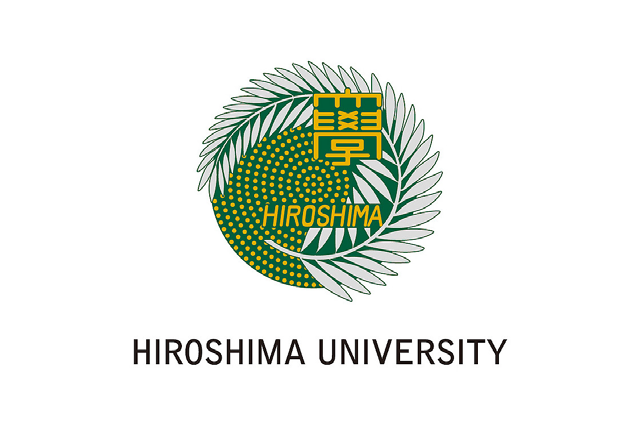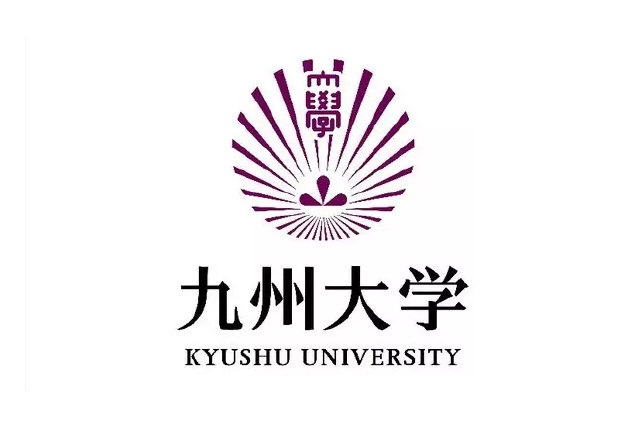Study of metal-substrate supermirrors
Prof. Fredrik Eriksson from Linköping university and Prof. Masaaki Kitaguchi from Nagoya university initiated practical collaboration to develop multilayer neutron mirrors that exceed conventional limits. In Japan, the accelerator-driven neutron source J-PARC is in operation, and new researches in physics using neutrons are taking place right now. A more powerful accelerator-driven neutron source, ESS, is under construction in Sweden. It is important to improve the efficiency of neutron utilization in order to maximize the results. Multilayer neutron mirrors are used to transport the neutron beam. The shorter period of the multilayer enables us to apply the mirror to higher energy neutrons. Metal substrates can also improve radiation hardness and increase extraction by inserting the mirrors into the vicinity of the neutron source. Linköping university continue research on short-period multilayer film fabrication. RIKEN in Japan prepared metal substrates with the surface accuracy required for neutron mirrors and that met the technical constraints of Linköping university’s equipment. Nagoya university is responsible for the performance evaluation of the mirrors. The neutron reflectivity measurements was performed at J-PARC or at a research reactor in Japan. This collaboration has opened up new possibilities for future neutron experiments. One of the participating members (TF), a Ph.D. student, received a Ph.D. degree in a subject related to this research.


